As a yoga teacher and pelvic floor physical therapist, I blended the two disciplines together as part of a holistic model of care to create this video for optimizing bladder control through strengthening the pelvic floor and core.
This video is recommended for people who experience:
- weakness in the pelvic floor
- urinary incontinence
- fecal incontinence
- pelvic organ prolapse
- diastasis rectus abdominus
- weakness postpartum
- hip and/or back pain due to loss of core strength and flexibility
How does this video help?
The breath, core, and pelvic floor work together for optimal pelvic health.
In this video, we work to mindfully:
- increase strength of the gluts, hip rotators, abdominal wall, and pelvic floor muscles
- flexibility of the lower extremity and spine
- improves balance via increasing core strength and standing postures
- coordinate the breath and pelvic floor during functional tasks like squatting
- improve sexual function by increasing awareness and blood flow to the pelvic floor
What if I have urinary urgency?
Urinary urgency is often associated with tightness of the pelvic floor muscles. Along with manual therapy or a dilator home program, the pelvic floor relaxes when the nervous system is balanced.
A yoga practice can decrease the sympathetic nervous system activation (fight-or-flight reaction) through mindful movement and breathwork.
If you experience urinary urgency, the “Calming Flow” is an excellent place to start.
What to know
Appropriate diagnosis
When seeking treatment for urinary incontinence, pelvic organ prolapse, or any other pelvic concern, please seek out the appropriate medical provider.
Your provider will be able to create a treatment plan that might include pelvic health physical therapy, medication, acupuncture, nerve blocks, therapeutic exercise, dietary tips, yoga, and mindfulness.
Avoid constipation
If you and your provider suspect diet might play a role in your symptoms, being properly hydrated, increasing fiber intake and avoiding irritants may provide relief. Often constipation can make urinary urgency and leakage worse.
- elevating your feet on a Squatty Potty (or stool)
- working with the pelvic floor muscles (lengthen or strengthen)
- abdominal massage
- Yoga for Constipation home program
Stool consistency is a self-assessment tool you can communicate to your provider.
Mobilize
Movement that feels safe in your body is critical to feeling like your best self. This is why so many people love using yoga as an adjunct treatment modality to decrease back, hip, pelvic and other persistent pain and increase strength of the extremities, core, and pelvic floor.
Yoga offers the opportunity for slow, mindful movements with breath work and inner reflection. Relaxing, developing awareness, and integrating breath into your movement increases flexibility of the body and the mind.
Yoga helps control the release of compounds in your body: serotonin (the feel-good neurotransmitter) and cortisol (the stress hormone). The majority of serotonin is produced in the gut. Strengthening the parasympathetic nervous system response through gentle movement can be helpful in the balance of cortisol and serotonin.
Breathe
Conscious breathwork, or pranayama is another non-invasive tool to decrease superficial muscle overactivity and increase core awareness.
To learn more about the relationship of the breath and the pelvic floor, check out this video of pelvic floor movement with the breath.
If you wish to gain knowledge about different types of pranayama, read these blogs:
Note: As with any exercise program, please consult the appropriate medical provider. Some precautions and contraindications to specific yoga postures include uncontrolled high or low blood pressure, second and third trimester of pregnancy, recent surgery, etc.
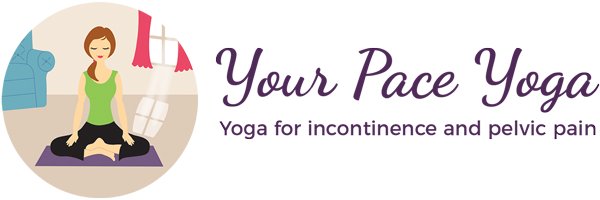
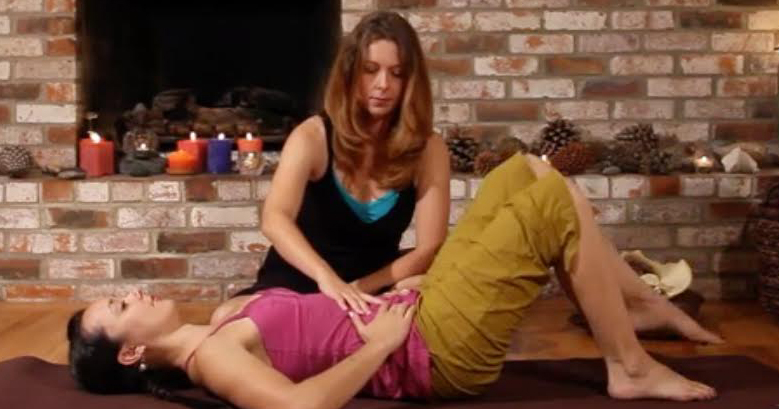
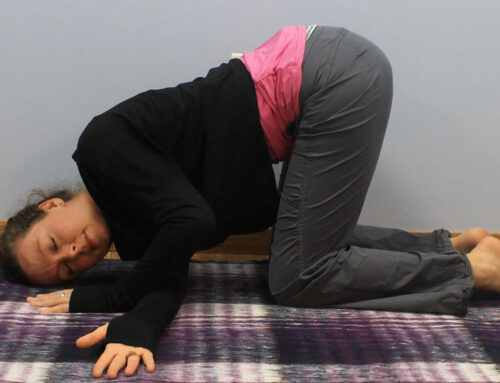
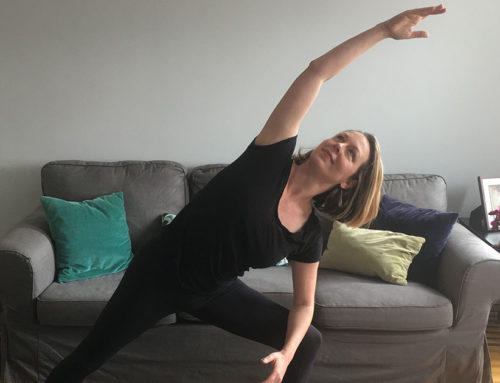
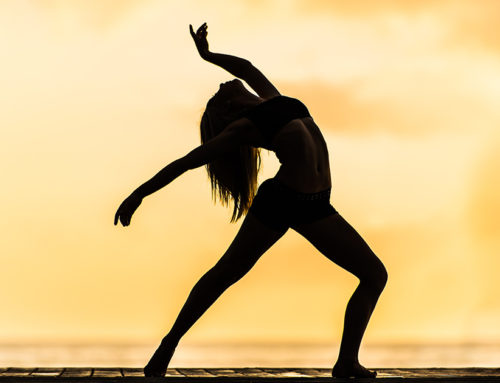
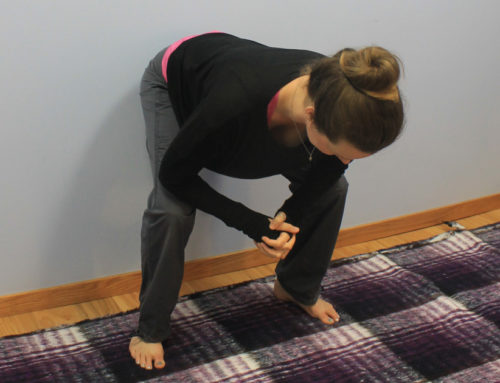
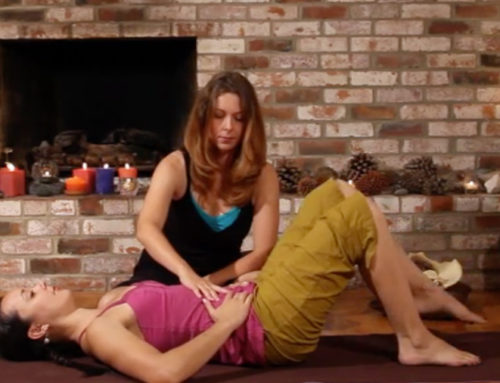
[…] Optimizing Bladder Control: Strengthening the Pelvic Floor is designed to offer gentle loading to the pelvic floor and rest of the core. This video can be a useful home program to have as you work on regaining function and gentle loading of the abdominal wall. […]
[…] pelvic floor and core strength for women with prolapse. If you are interested in yoga, check out Optimizing Bladder Control: Strengthening the Pelvic Floor. The content is similar to a traditional physical therapy program with the additional focus of the […]
[…] https://en.wikipedia.org/wiki/Arnold_Kegel https://www.mayoclinic.org/healthy-lifestyle/womens-health/in-depth/kegel-exercises/art-20045283 https://www.nafc.org/diet-and-exercise https://www.health.harvard.edu/blog/new-recommend-kegels-and-other-treatments-for-incontinence-women-201409177438 https://yourpaceyoga.com/blog/optimizing-bladder-control-strengthening-the-pelvic-floor/ https://www… […]